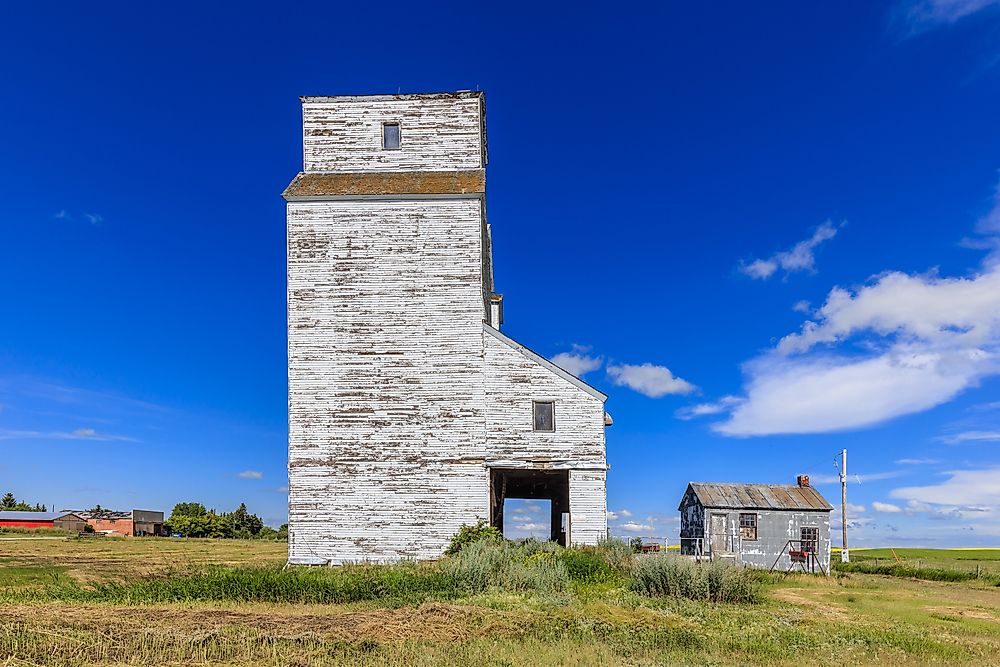Facts About the Canadian Prairie Provinces

In Canada, the term "prairie" is used to refer to the region in the central-western part of the country comprising of the provinces of Alberta, Saskatchewan, and Manitoba. The area is covered by grasslands. Although the Canadian Prairie region also stretches over parts of the northeastern province of British Columbia, it is politically not included in the region. The lands on the prairies have very few trees and are filled with meadows. However, there is an abundance of natural vegetation such as shrubs and grasses. Some parts of the prairies have very fertile soil which is suitable for cultivation of some agricultural products such as wheat and canola. Therefore, the prairie region is the center for agriculture in Canada.
Population Of The Canadian Prairie Region
According to the census of 2011, the prairie provinces of Canada had a combined population of 5,886,906 out of which 3,645,257 resided in Alberta, 1,208,268 resided in Manitoba, and 1,033,381 lived in Saskatchewan. In 2006 there was a population of 5,406,908 people living in all the Prairie Provinces representing a population growth of 8.9% by 2011. All the three provinces cover an area of 247,136.99 square miles
The Climate Of The Prairie Provinces
The Canadian prairies experience dry semi-arid climates with an annual precipitation of 12 to 15 inches while regions with black and dark brown soils experience some dry, humid continental climate with an annual rainfall of 16 to 20 inches. Of the three Prairies, Manitoba is the coldest as well as the most humid. The region is also apt to experience thunderstorms during the summer and spring which sometimes are vigorous enough to create a tornado, especially in the far south of the province.
The Growth And Economy Of The Prairie Provinces Of Canada
As of the mid 20th century, some parts of the Canadian prairie region have been experiencing accelerated growth as a result of a boom in the production of oil.The primary industries in the region include agriculture involving the rearing of cattle and sheep and the cultivation of oats, canola, wheat, brassica, and barley. Fort McMurray in Alberta has Oil Sands making the region essential to the role it has played in the advancement of the national petroleum industry in Canada. Other industries in the region include agriculture and oil refinery.
Politics And Culture Of The Canadian Prairies
The prairie provinces of Canada are distinguished from the other territories and provinces in the country due to their political and cultural characteristics. The oldest influence on the culture of the Canadian prairie region is traced back to the aboriginal people of Canada known as the First Nations who have lived in the region for millennia. The fur explorers and traders coming from present-day Quebec, and Great Britain through Hudson Bay were the first Europeans to lay eyes on the prairie provinces of Canada. As a result, they gave rise to the Metis who are those with both Indigenous and European ancestry. Different areas of the region established different cultures about their main economic activities such as the cowboy culture in southern Alberta as a result of open ranching practiced in the 1880s. Politically, the Canadian prairie has a broad range of representation.











